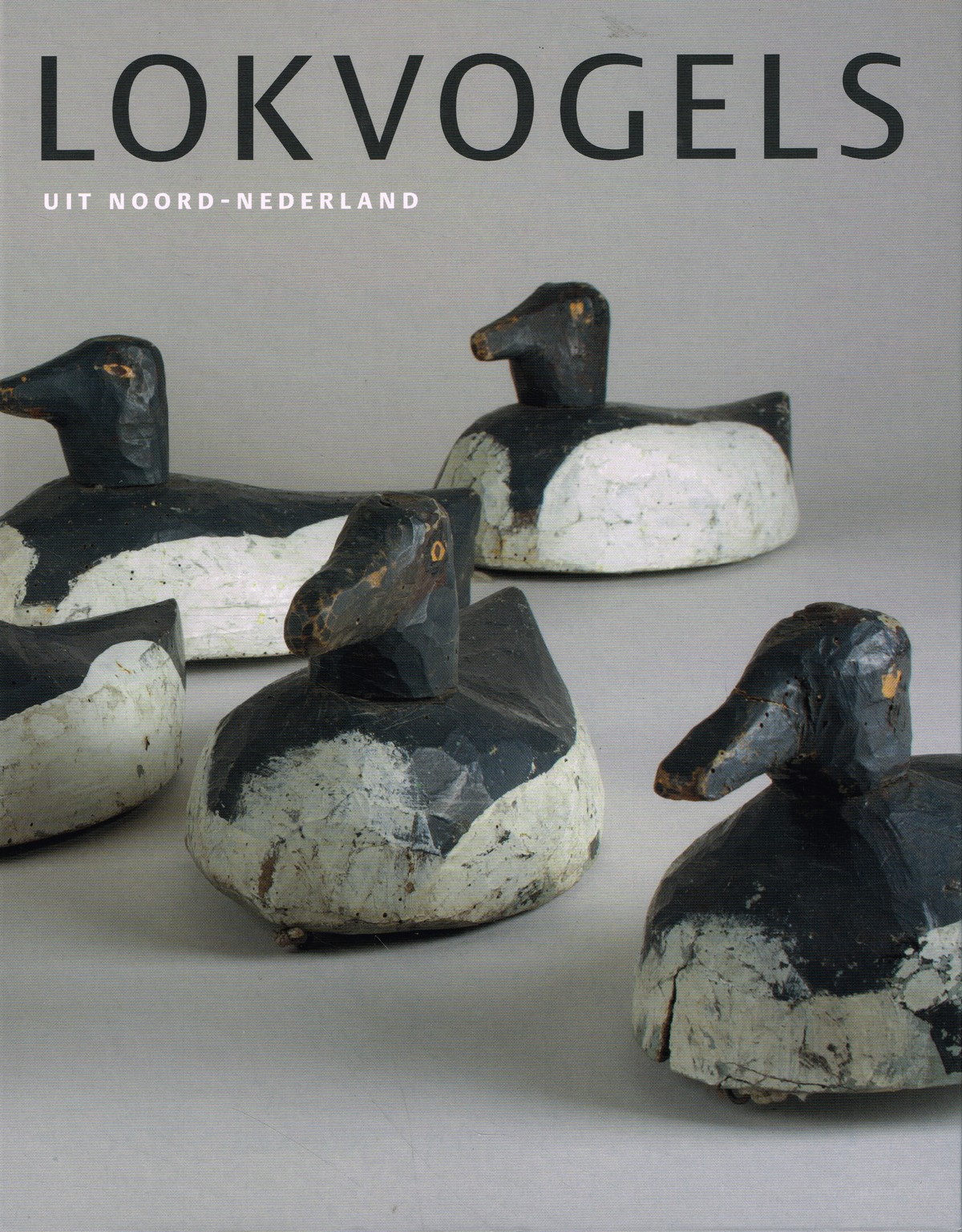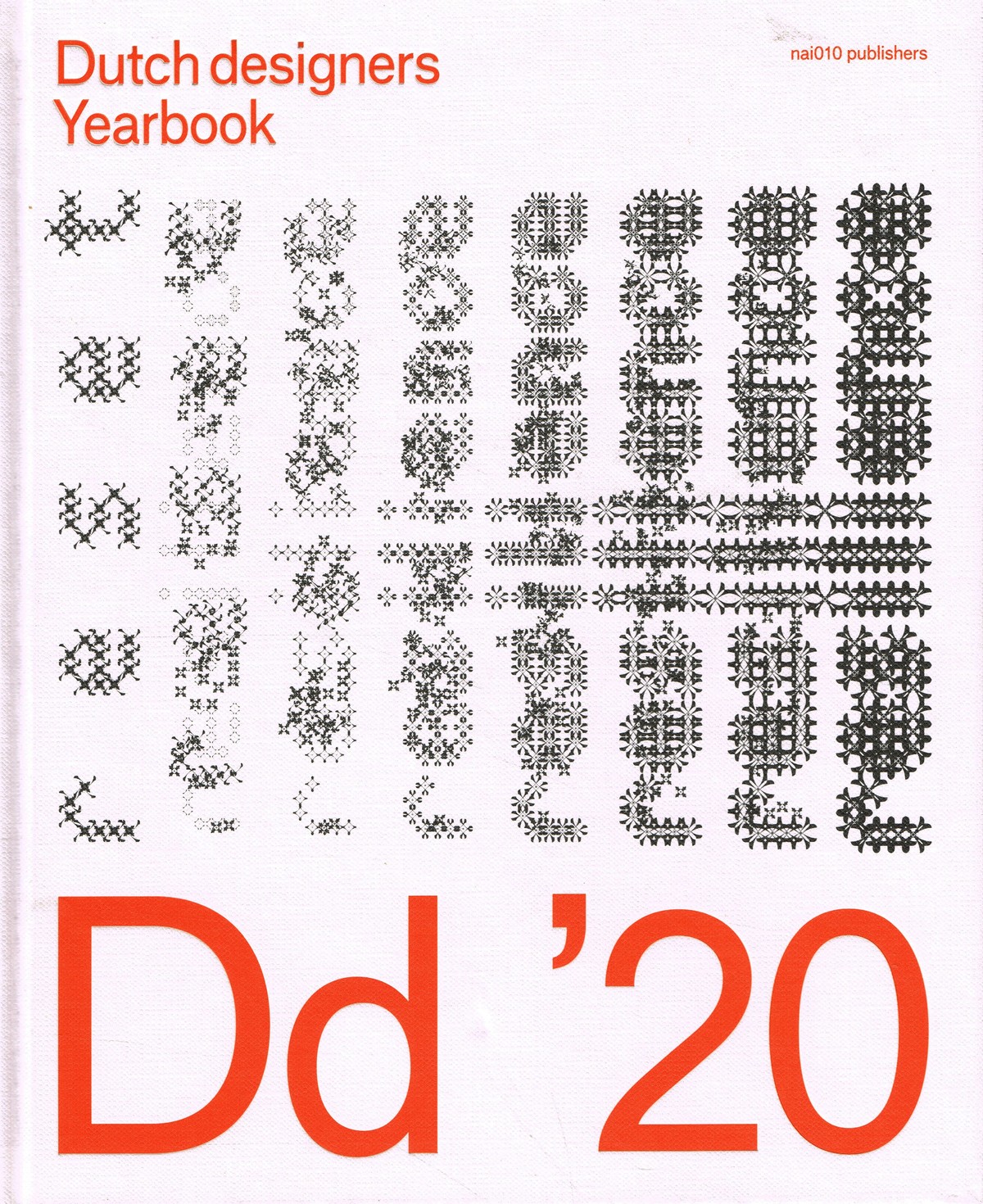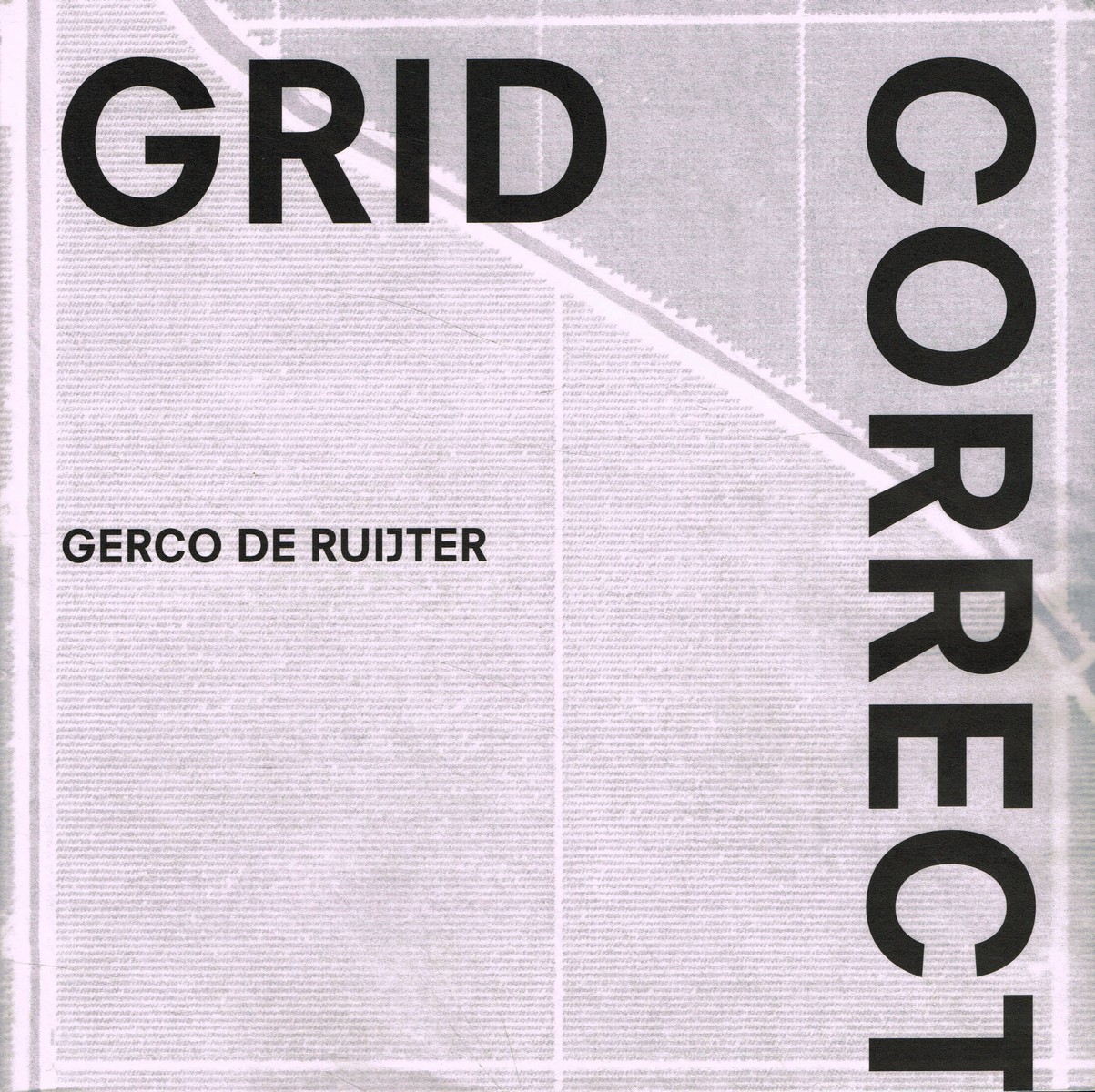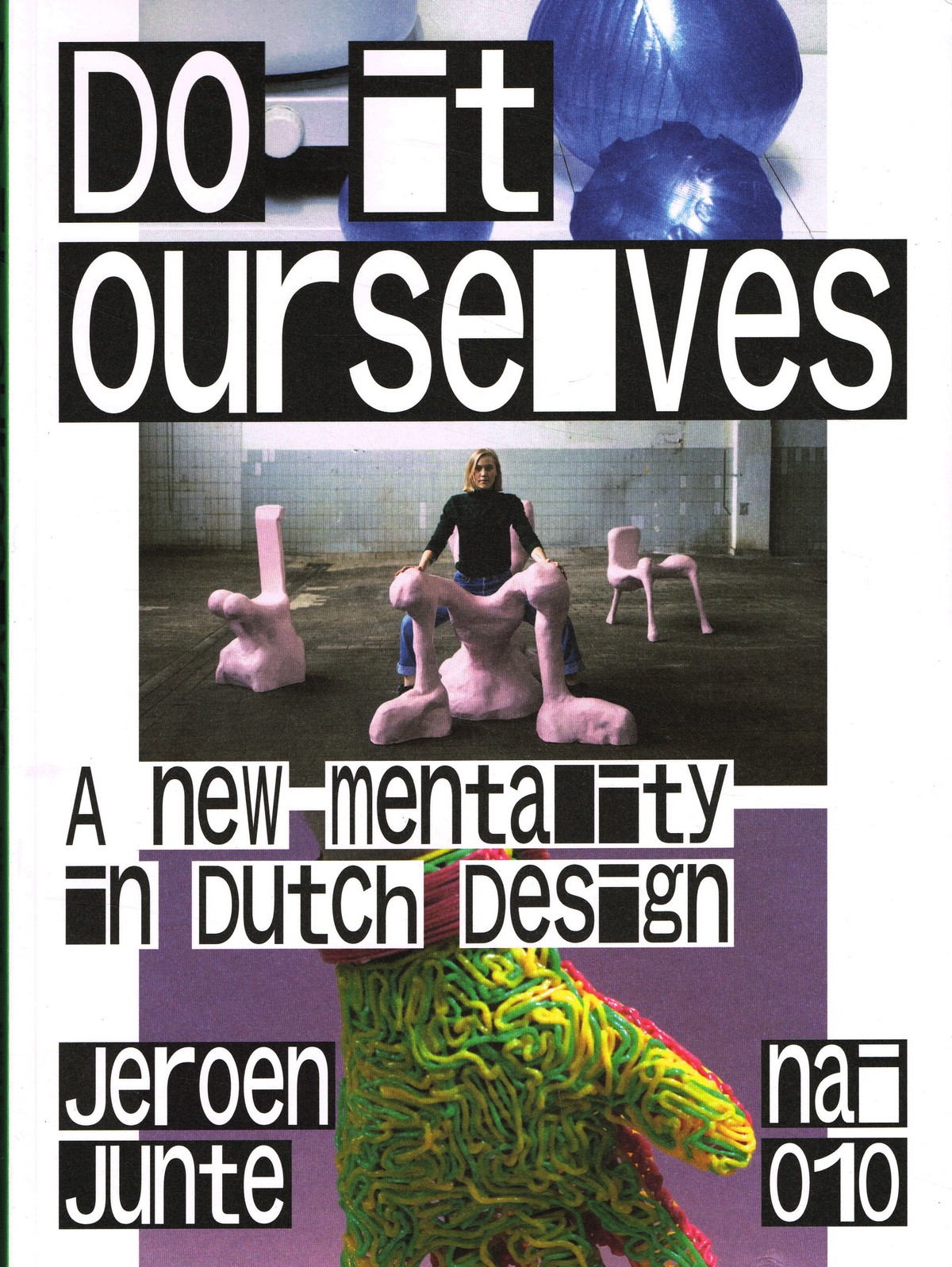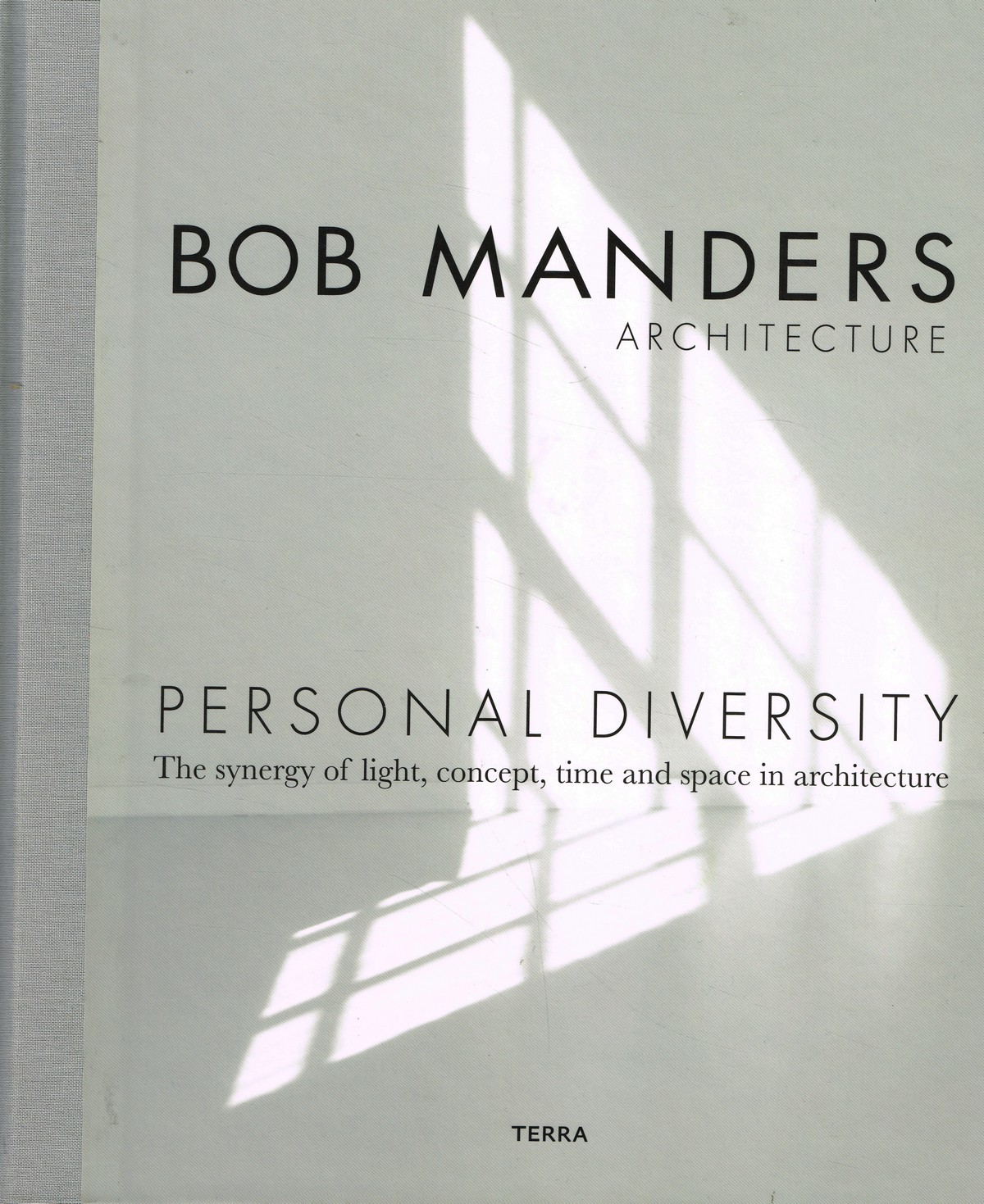Terug/Home/Webwinkel ramsj.nl /Non-Fictie/Lifestyle/Facechart
Liza Kondrevich
Facechart
Drawing with makeup
Oorspronkelijke prijs was: € 49,00.€ 12,50Huidige prijs is: € 12,50.
For English see below. – ‘Facechart’ is een krachtige Engelstalig hulpmiddel dat door professionele make-upartiesten wordt gebruikt om technieken te trainen en op te doen, ontworpen looks te plannen en vaardigheden te demonstreren met behulp van cosmetica en gezichtssjablonen op papier. Door te oefenen met makeup op papier leer je perfect blenden, train je je handvastheid (voor strakke lijnen) en vergroot je je creative inzicht. ‘Facechart’ is een volledige cursus. Leer wat licht en schaduw voor invloed hebben, en wat de kracht is van het gebruik van kleuren theorie, waar een volledig hoofdstuk aan gewijd is. Leer welke producten je nodig hebt, en alle technieken, om realistische face charts te maken. Er is een overvloed aan stap-voor-stap begeleiding om fantastische makeup looks te ontwerpen. Liza Kondrevich, de autoriteit op het gebied van tekenen met make-up en ontwerper van makeup en facechart templates voor grote merken (o.a. l’Oreal, NYX Cosmetics, Makeup by Mario). – ‘Facechart’ is an ultimate, powerfully effective guide used by professional makeup artists to train and learn techniques, plan designed looks, and demonstrate skills using cosmetics and facial stencils on paper. By practicing with make-up on paper you will learn to blend perfectly, train your hand strength (for straight lines) and increase your creative insight. ‘Facechart’ is a complete course. Learn how light and shadow affect you, and the power of using color theory, which has an entire chapter devoted to it. Learn what products you need, and all the techniques, to create realistic face charts. There is an abundance of step-by-step guidance to design fantastic makeup looks. Liza Kondrevich, the authority on drawing with makeup and designer of makeup and facechart templates for major brands (including l’Oreal, NYX Cosmetics, Makeup by Mario).
